The Nikon D500 was a freak of nature. This APS-C behemoth took on giants — including its big brother, the Nikon D5 — and went toe to toe with them along sidelines, in sports arenas and out in the wild. With these feats in mind, it makes you wonder why Nikon hasn’t released a true mirrorless successor.
Between 2012 and 2018, the APS-C camera space was a fierce place. You had excellent consumer and prosumer-grade APS-C offerings. In addition, there were a few standout pro-grade offerings as well. The APS-C platform could stand alongside full-frame camera systems without breaking much of a sweat.
In fact, during this period, APS-C DSLRs — namely the Nikon D500 and the Canon EOS 7D II — were preferred by many professional sports and wildlife photographers over full-frame cameras. This is because pro-grade APS-C cameras offered excellent feature sets; they were as tough as nails and were relatively affordable.
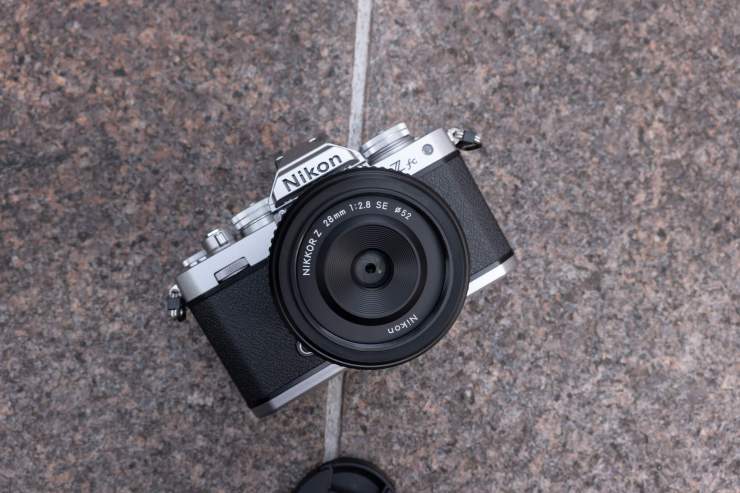
Looking back at just how good cameras like the Nikon D500, the Canon EOS 7D II and even the Pentax K-3 II were, it’s embarrassing to see the APS-C dross that Canon, Sony and Nikon are churning out these days. Canon’s EF-M platform is virtually dead, The Sony a6XXX series hasn’t had a refresh in years, and Nikon’s mirrorless APS-C offerings are nothing to write home about.
The recent speculation about a potential mirrorless successor to the Canon EOS 7D II (an RF mount EOS R7) brought a massive smile to our faces. Now, we want to see Nikon resurrect the Nikon D500 with a mirrorless offering that will do it proud.
The camera, the myth, the legend — The Nikon D500
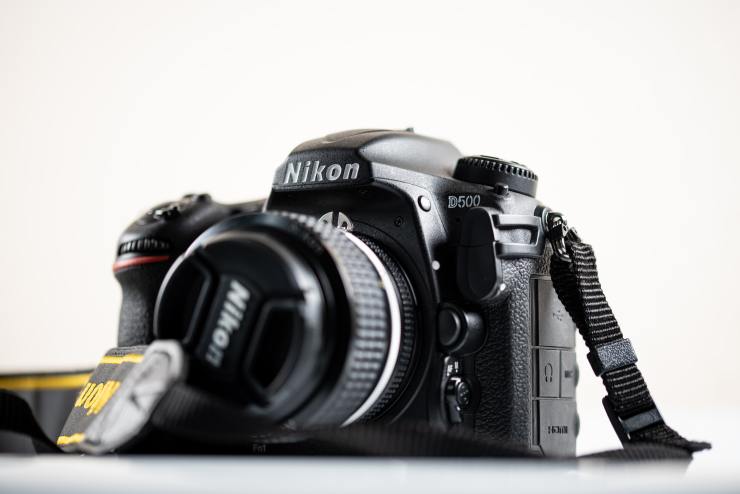
The Nikon D500 is a camera that many photographers looked up to when it launched in 2016. This APS-C DSLR set the standard for pro-grade APS-C cameras. Many would argue — myself included — that it still does. Cameras launched recently — like the Pentax K-3 III — are still trying to oust the Nikon D500 as the king of APS-C cameras. They’re still failing.
Everything about the D500 was top-notch. It used a 20.9-megapixel APS-C sensor that could capture images in near darkness without introducing ridiculous amounts of noise. You could shoot the Nikon D500 up to and beyond ISO 25,600 with ease. The autofocus system in the $2,000 Nikon D500 was virtually identical to the one found in the $6,000 Nikon D5. This is to say that the autofocus was blazing fast and supremely accurate. It still hasn’t been beaten by any APS-C camera since it launched.
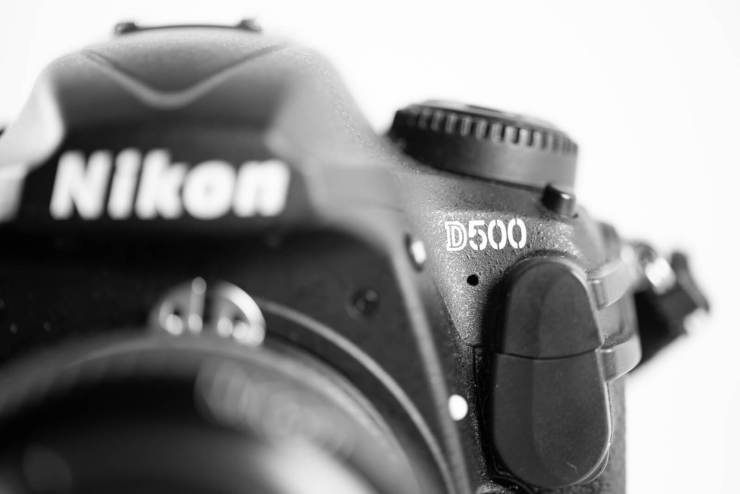
In addition, the D500 introduced 4K video; it could rattle off 10 frames per second, and it featured gobs of weather sealing. The Nikon D500 was a professional-grade camera in every sense of the word. It was a force to be reckoned with.
So, with all of that in mind, you can understand the reluctance of current Nikon owners to down their D500s. Of course, the Nikon Z 50 might feature a similar sensor with the same low light performance as the old Nikon D500, but the similarities end there. Nikon’s mirrorless lineup has a noticeable gap, and it’s time for them to fill it.
What I want to see in a mirrorless Nikon D500
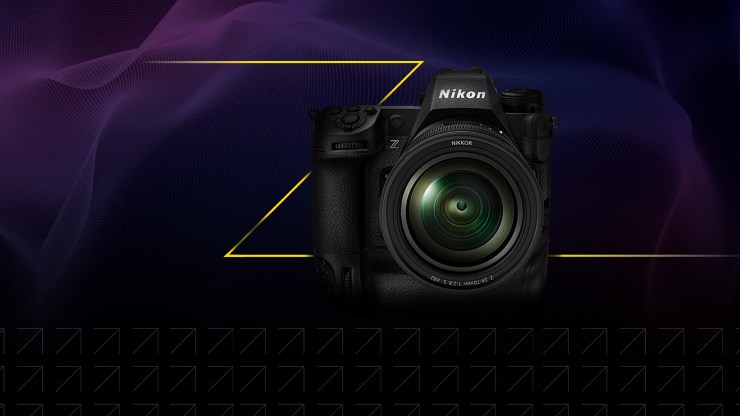
Now that we have been graced with the Nikon Z 9 — a mirrorless successor to the Nikon D6 — one can’t help but wonder if we will see Nikon create a smaller brother to this mirrorless powerhouse. After all, this is what the APS-C Nikon D500 was to the full-frame Nikon D5. If Nikon plans on recreating its DSLR lineup in the mirrorless space — much like Canon is currently doing — then one would assume this would be the case.
A mirrorless successor to the legendary Nikon D500 will need to be packing as much tech as possible. This is especially true if Nikon wants to reclaim the kings of APS-C crown. Right off the bat, I would say there is nothing wrong with keeping the megapixel count around the 20.9-megapixel range. A sensor like this offers solid resolution, incredible low-light performance, and more than enough dynamic range. A sensor of this size is also large enough to create 4K video.
Build it, and they will come

Nikon will be on to something if they can bring the autofocus tech from the Z 9 into the APS-C space. In addition, if the camera features CFexpress card slots, high-resolution displays, GPS and class-leading IBIS in a weather-sealed non-gripped body, that’s half the cost of a Z 9 (roughly $2,500); wow, Nikon won’t be able to keep these cameras in stock.
I can imagine photographers jumping ship from their current cameras for a body like this. At the very least, thousands of Nikon fans — who prefer APS-C over full-frame — will finally have a chance to join the mirrorless world with a camera that works for them. They’ll be able to easily adapt their F mount lenses, and they’ll have a camera that runs rings around other APS-C cameras on the market.
In an ideal world
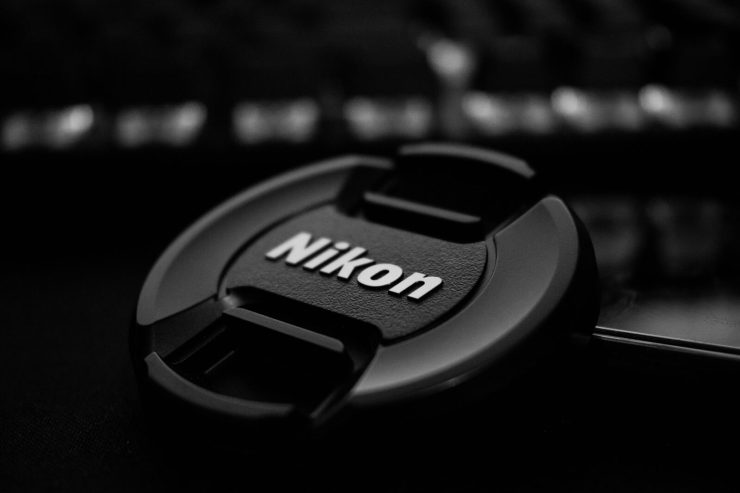
Unfortunately, as far as we know, we’re no closer to seeing a true successor to the Nikon D500. Whether or not Nikon has something up its sleeve remains to be seen. However, I remain hopeful. In an ideal world, a mirrorless D500 would grace the hands of photographers soon.
Nikon recently discontinued the D500. The discontinuation makes me wonder if a mirrorless successor is on the way. Also, if speculation about the Canon EOS R7 is true, Nikon will not want to be caught out again. Team yellow has been playing catchup in the mirrorless space from the get-go, and they can’t afford to fall further behind their rivals.
Not all photographers need pro-grade full-frame cameras, and manufacturers are doing a disservice to their fans who want professional-grade APS-C options. So, here’s hoping we will be putting a mirrorless D500 up against a Canon EOS R7 soon. Battles like this excite me more these days than full-frame camera battles, which have, quite honestly, become rather dull.
Tell your story with the second annual Visual Storytelling Conference!
Experience four days of interactive, online training sessions featuring a range of educational content with experienced photographers and content creators. This free event kicks off with a series of technical boot camps to build essential skills, followed by live, online sessions on photography, video, business and social media. Join live from March 10-13, 2022!
